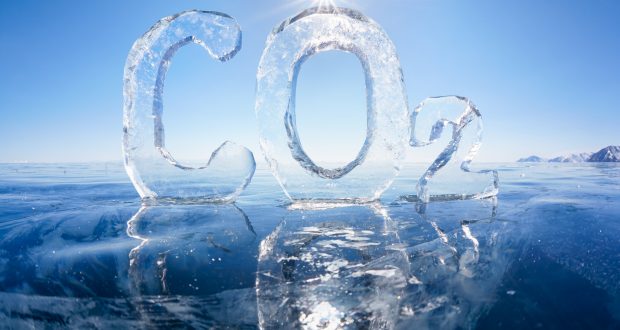SQE MARINE Consulting company provides an overview of the Regulations for the CO2 emissions from international shipping as set by IMO and EU and explains what a EU Monitoring, Reporting and Verification Plan requires.
Overview
IMO and EU have set a CO2 Emissions Data collection, monitoring and reporting requirements in order to verify and measure the footprint of such emissions. Both requirements are addressed to vessels greater than 5000 GT. IMO’s approach is based on “data collection” as applied to ship fuel consumption and possibly other parameters. The system will have three main elements:
- Data collection by ships
- Flag State functions (data verification and submission) and
- Establishment of a centralized database by the IMO and annual submissions.
EU issued REGULATION (EU) 2015/757 which provides guidance on data collection, monitoring, verification and reporting, mostly known as EU MRV regulation. EU plan of action is a phased approach to regulating CO2 emissions as follows:
- Phase 1: Establish an agreed global energy efficiency standard as part of the IMO regulatory framework.
- Phase 2: Implement an MRV scheme to establish the fuel consumption and CO2 emissions from international shipping, preferably within the IMO framework.
- Phase 3: Identify whether the efficiency standards are achieving the EU’s desired absolute CO2 emissions reductions from shipping, and if not, determine what else should be done.
Requirements – Time Table
Both Organizations require from shipping Companies to establish a monitoring and data collection system, in order to provide reports on an annual basis, for measuring the quantity of CO2 emissions on their fleet. IMO has not set a time line yet, or a specific procedure so EU is the only legislator who has set specific requirements for procedure. EU MRV Regulation time table is as follows:
IMO’s Marine Environment Protection Committee on October 28th amended chapter 4 of annex VI of MARPOL, adding a new Regulation 22A on Collection and reporting of ship fuel oil consumption data and new appendices covering Information to be submitted to the IMO Ship Fuel Oil Consumption Database. These amendments are expected to enter into force on 1 March 2018, under the tacit acceptance procedure.
Collecting Data Methods
Monitoring of CO2 should include emission sources on board such as main engines, auxiliary engines, gas turbines, boilers and inert gas generators. CO2 emissions should be either calculated based on fuel consumption and use of appropriate emissions factors for the fuel type being consumed, or by direct emissions monitoring, with a back-calculation of the fuel consumption using the relevant emissions factor. As part of the monitoring plan, companies should choose one or more of four methods for monitoring fuel consumption in each combustion source being monitored:
- The use of Bunker Fuel Delivery Notes and periodic stock takes of fuel tanks (except for those vessels where cargo is used as fuel)
- Bunker fuel tank monitoring
- Flow meters for applicable combustion processes
- Direct emission measurements (for EU MRV only)
A combination of above methods of CO2 emission measurement is also permitted.
These methods are goal-based. Where fuel consumption is measured in units of volume, the density of that fuel also needs to be determined, either through the bunker delivery note or on-board measurement systems. Where used, the density from a company’s independent fuel analysis can be taken instead.
Penalties
- IMO: Not specified yet.
- EU: In the case of ships that have failed to comply with the monitoring and reporting requirements for two or more consecutive reporting periods and where other enforcement measures have failed to ensure compliance, the competent authority of the Member State of the port of entry may issue an expulsion order which shall be notified to the Commission, EMSA, the other Member States and the flag State concerned. As a result of the issuing of such an expulsion order, every Member State shall refuse entry of the ship concerned into any of its ports until the company fulfils its monitoring and reporting obligations.

In order to be in line with new MARPOL reg. 22A requirement ship managers may:
1. Adopt a new Fuel Monitoring Log or
2. Revise Existing SEEMPs in order to include the requirements for fuel monitoring and reporting
source (article & photo): http://www.green4sea.com/what-eu-mrv-plan-requires/
 Ελληνικα
Ελληνικα

